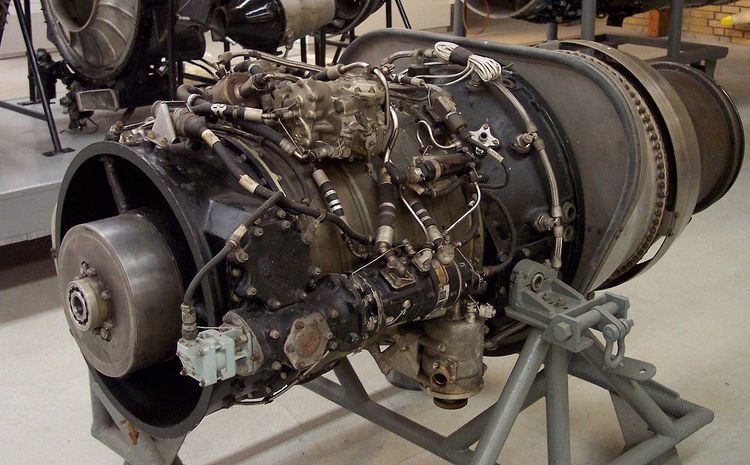 | ||
The Armstrong Siddeley Viper is a British turbojet engine developed and produced by Armstrong Siddeley and then by its successor companies Bristol Siddeley and Rolls-Royce Limited. It entered service in 1953 and remained in use with the Royal Air Force, powering its Dominie T1 navigation training aircraft until January 2011.
Contents
Design and development
The design originally featured a seven-stage compressor based on their Adder engine — the Viper is in effect a large-scale Adder.
Like the similar J85 built in United States, the Viper was developed as an expendable engine for powering production versions of the Jindivik target drone, but, again like the J85, the limited-life components and total-loss oil systems were replaced with standard systems for use in manned aircraft.
Because it was initially developed as an expendable engine, the Viper was subject to many recurring maintenance issues. This led to the development of the first Power by the Hour program in which operators would pay a fixed hourly rate to Bristol Siddeley for the continual maintenance of the engines.
Variants
Data from Jane's All the World's Aircraft 1962-63.
Evidence found on a surviving Mk204 engine suggests this is a Mk202 variant with increased temperature and oil pressure transmission capabilities. These are thought to be safety measures installed for use in Jet Provost aircraft used by HRH Prince Charles during his Royal Air Force flight training programme.
Specifications (Viper ASV.12)
Data from
General characteristics
Components
Performance
oil consumption=1.25 pints/hr (0.7l/h)
